The debate over peeing in the shower continues, with many advocating for the practice due to its water-saving benefits. However, Dr. Alicia Jeffrey-Thomas, a pelvic health specialist, warns that for those assigned female at birth, this habit could have unintended health consequences.
The Water Conservation Argument
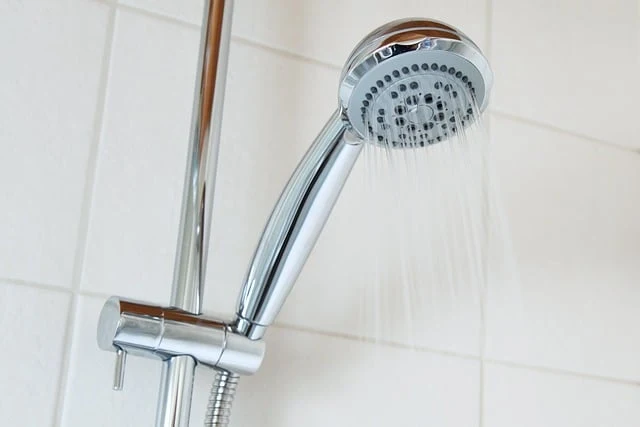
One of the strongest arguments for urinating in the shower is its potential to save water. By eliminating the need for a separate toilet flush, a person could save approximately 2,190 liters (579 gallons) of water per year. If the entire U.S. population adopted this practice, it could lead to an annual water savings of 699 billion liters (185 billion gallons). This significant reduction in water consumption highlights the environmental advantages of shower urination.
Potential Health Risks: The Pelvic Floor Connection
Despite the environmental benefits, the potential health consequences of this habit must be considered. Dr. Jeffrey-Thomas explains in a TikTok video that regularly peeing in the shower may lead to pelvic floor and bladder control issues.
The Pavlovian Response
Dr. Jeffrey-Thomas likens this habit to Pavlov’s classical conditioning experiment, where dogs learned to associate the sound of a bell with food. Similarly, repeatedly urinating in the shower can train the brain to link the sound of running water with the urge to pee. This association may result in involuntary urination triggered by running water sounds, such as a faucet, toilet flush, or even rain.
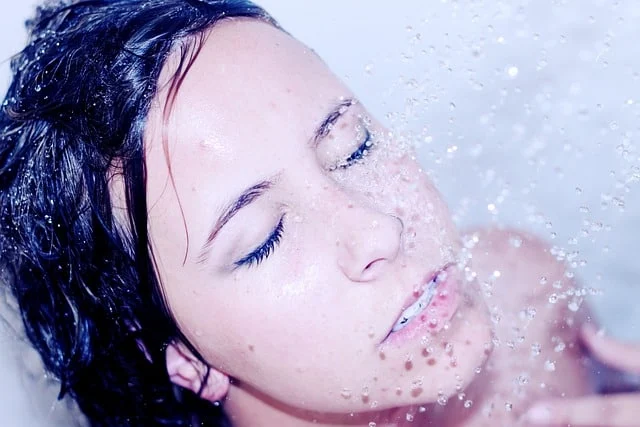
Pelvic Floor Dysfunction Risks
For individuals with existing pelvic floor dysfunction, this learned association can exacerbate bladder control problems. Dr. Jeffrey-Thomas explains that urinating while standing in the shower does not allow the pelvic floor muscles to fully relax, potentially leading to incomplete bladder emptying. Over time, this can contribute to urinary retention and increase the risk of urinary tract infections (UTIs).
Some argue that squatting while urinating in the shower might alleviate pelvic floor strain. Dr. Jeffrey-Thomas acknowledges that a full squat position allows for better pelvic floor relaxation, but she still advises against making shower urination a habit. If one must urinate in the shower, a proper squatting position is preferable to standing.
Why Doesn’t Toilet Flushing Trigger the Same Response?
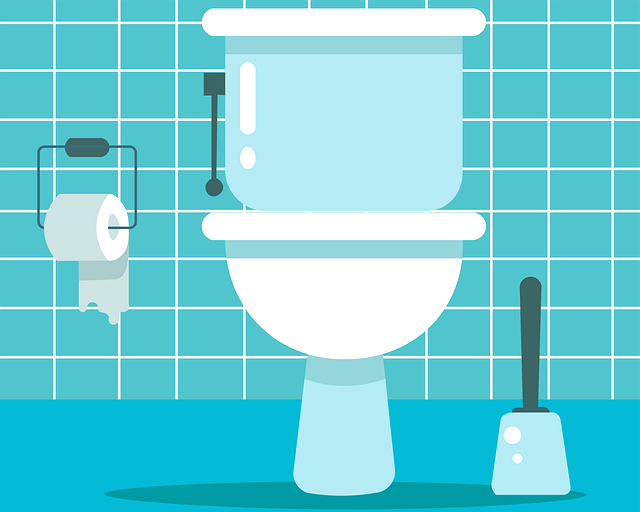
A common question is why flushing the toilet doesn’t condition the brain in the same way. Dr. Jeffrey-Thomas clarifies that by the time a person flushes the toilet, they have already urinated, so no association is formed. However, individuals who struggle to resist the urge to urinate when exposed to running water may already have underlying bladder control issues.
Understanding Pelvic Floor Dysfunction

Pelvic floor dysfunction is a common condition, particularly among women. The pelvic floor is a group of muscles that support the bladder, uterus, rectum, and other organs. Dysfunction occurs when these muscles become too weak or too tight, leading to symptoms such as:
- Urinary and bowel incontinence
- Lower back pain
- Pain during intercourse
- Increased urgency or frequency of urination

Factors such as childbirth, surgery, aging, obesity, and high-impact activities can contribute to pelvic floor dysfunction. Given that urinating in the shower might worsen symptoms, individuals should be aware of these risks before adopting the habit.
The Biological Factor: Why Female Anatomy Matters
Dr. Jeffrey-Thomas emphasizes that those with female anatomy are not designed to urinate while standing. Unlike male anatomy, where the positioning allows for better bladder emptying while standing, females may struggle to fully relax the pelvic floor in this position. This can lead to incomplete bladder emptying, increasing the risk of UTIs and other urinary complications.
Pros and Cons of Peeing in the Shower
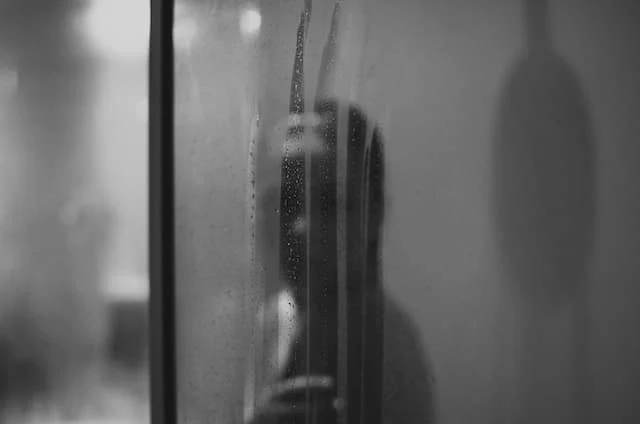
Pros:
- Water conservation: Reduces toilet water usage significantly.
- Convenience: Saves time, particularly during a rushed morning routine.
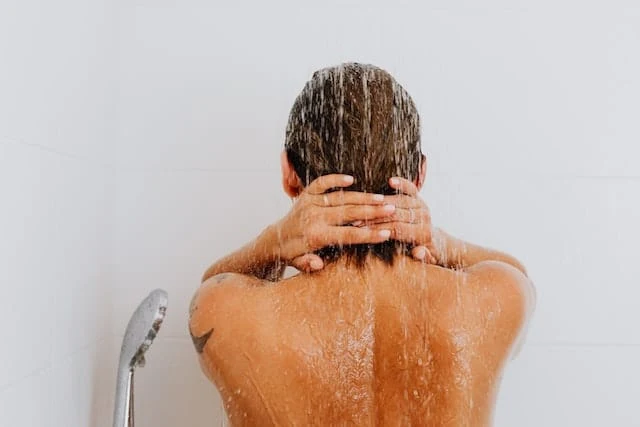
Cons:
- Pelvic floor health risks: May contribute to bladder control issues and pelvic dysfunction.
- Conditioned response: Can create an involuntary urge to urinate when exposed to running water.
- Sanitation concerns: While urine is mostly sterile, it can still contain bacteria that may pose hygiene risks.

The Bottom Line
While peeing in the shower may seem like an eco-friendly and convenient habit, it is important to weigh the potential health risks. Dr. Alicia Jeffrey-Thomas’s insights serve as a reminder to consider the long-term effects of our daily routines. Striving for sustainability should not come at the cost of personal health. Ultimately, making an informed decision based on both environmental and health factors is key to maintaining overall well-being.
Foot Massage Chart: Target Pressure Points for Effective Pain Relief
What if I told you that a simple foot massage could improve your liver health or relieve a sore neck? You might be skeptical—and that’s understandable. How could massaging pressure points in your feet impact other parts of your body? If you’re not skeptical, you might be surprised, or perhaps you’ve already heard of reflexology.
Reflexology is a therapeutic practice that promotes pain relief and overall health by stimulating specific pressure points on the feet and hands. While many people visit professional reflexologists, you can also experience its benefits at home. Let’s explore how reflexology works, its health benefits, and how you can perform it yourself.
How Does Reflexology Work?
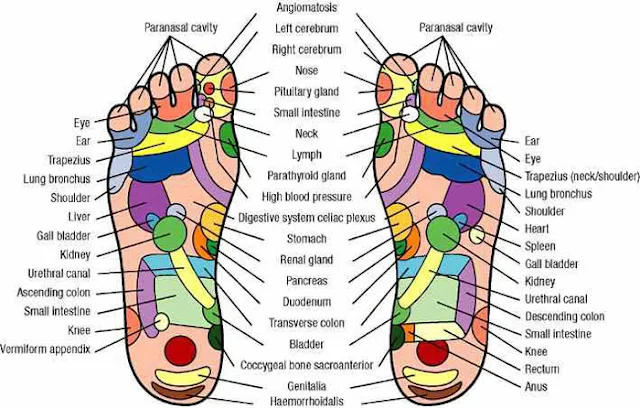
Reflexology is based on the concept that specific “zones” or reflex areas on the hands and feet correspond to organs, glands, and systems throughout the body.
By applying pressure to these areas with specific thumb, finger, and hand techniques, reflexology is believed to reduce stress, which can encourage positive physiological changes in the body. These changes may alleviate a range of ailments.
Research supports this connection. For example, randomized clinical trials have found reflexology effective for managing conditions such as diabetes, premenstrual syndrome, cancer, multiple sclerosis, overactive bladder, and dementia.
The Benefits of Foot Reflexology
Beyond addressing medical conditions, reflexology can also enhance the well-being of relatively healthy individuals. Here are some of its benefits:
- Stimulates nerve function
- Boosts energy levels
- Improves circulation
- Aids in toxin elimination
- Prevents migraines
- Supports urinary tract health
- Speeds up recovery from injuries
- Treats sleep disorders
- Reduces depression
- Relieves pain
Additionally, reflexology enables you to target specific areas of the body using the same principles as acupressure.
How to Perform a Reflexology Foot Massagehttps://www.youtube-nocookie.com/embed/FZ9mOnXdQlo?si=wF68qyvQPB-Oy5mH?rel=0
Now that you understand how reflexology can benefit your health, let’s go through the steps to perform it yourself:
1. Get Comfortable
Sit on a sturdy chair and place one foot on the opposite knee for easy access. Keep your back straight to maintain good posture.
2. Identify Your Target Area
Refer to a reflexology foot chart (you can find one below or online). Locate the point on your foot corresponding to the part of your body you want to treat. For example, if you’re experiencing neck pain, find the area labeled “neck” on the chart.
3. Apply Pressure
Use the tip of your thumb to press and knead the target area deeply for 1–2 minutes. Switch feet and repeat the process on the opposite side.
4. Treat Additional Areas
Follow the same method for any other areas you wish to address.
5. Follow a Schedule
Perform this massage daily. To maintain effectiveness, take a break after 10 consecutive days to allow your pressure points to reset. Rest for 3–4 days before resuming.
Start Your Reflexology Journey
If you’re dealing with aches, pains, or specific ailments, give foot reflexology a try. With consistent practice, you might notice improvements in your overall health and well-being. Have you tried reflexology?

Share your experience in the comments—we’d love to hear your thoughts!



Leave a Reply